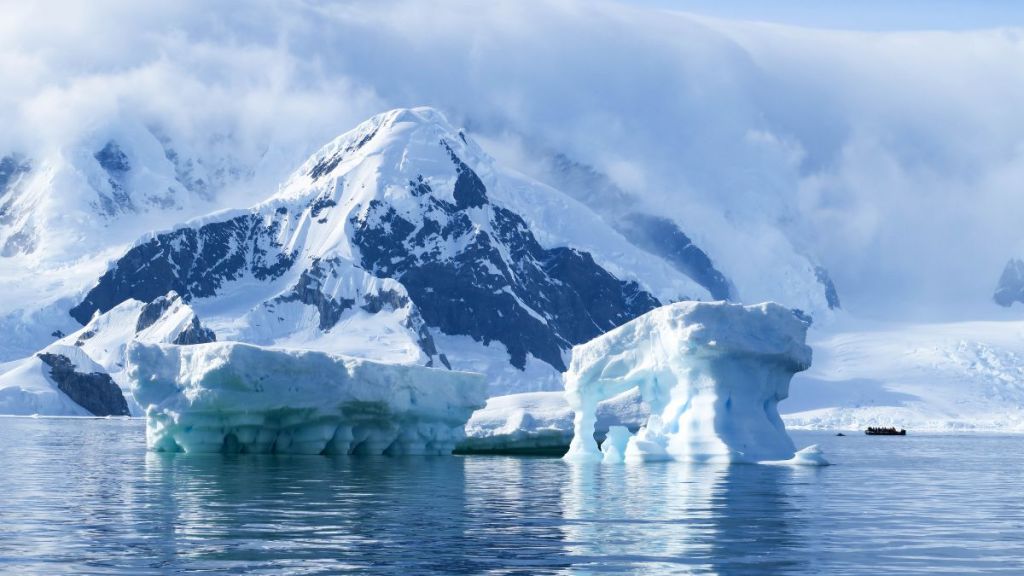Turkish researchers have asserted that Antarctica has experienced ice loss equivalent to the size of Turkey within just the last three years. Their findings have been derived from analyzing data collected by UAVs and satellites as well as monitoring atmospheric water vapor levels. The analysis reveals a staggering disappearance of ice covering an area exceeding 785,000 square kilometers (303,090 square miles) during this timeframe.
The specific data from the equipment indicated an average reduction of 7 cubic meters (247 cubic feet) of ice and snow cover per 100 square meters (1,076 square feet) at Horseshoe Island between 2022 and 2023.
These concerning revelations led scientists to caution against unchecked ice melting rates, which could elevate concentrations of water vapor and other greenhouse gases in the atmosphere which will potentially exacerbate climate change.
Professor Burcu Ozsoy, head of the first Turkish polar research center, emphasized the significance of their ongoing observations, highlighting the deployment of drones, equipment readings, and GNSS stations to monitor glaciers’ retreat and alterations year by year in Antarctica.
Ozsoy underscored the alarming trend of ice loss observed over multiple years, indicating that if the measurements taken over the past three years were projected across the entire Antarctic region, the ice loss witnessed would mirror the size of Turkey.
Fahri Karabulut, a researcher from Istanbul’s Yildiz Technical University involved in the expedition, noted that their drone-assisted observations revealed a 10% reduction in glacier area.
Karabulut elaborated that extrapolating this reduction suggests an ice loss equivalent to an area roughly the size of Turkey.
Moreover, scientists observed fractures in the glaciers, allowing them to visually and quantitatively assess melting, providing firsthand evidence of the impacts of global warming.


